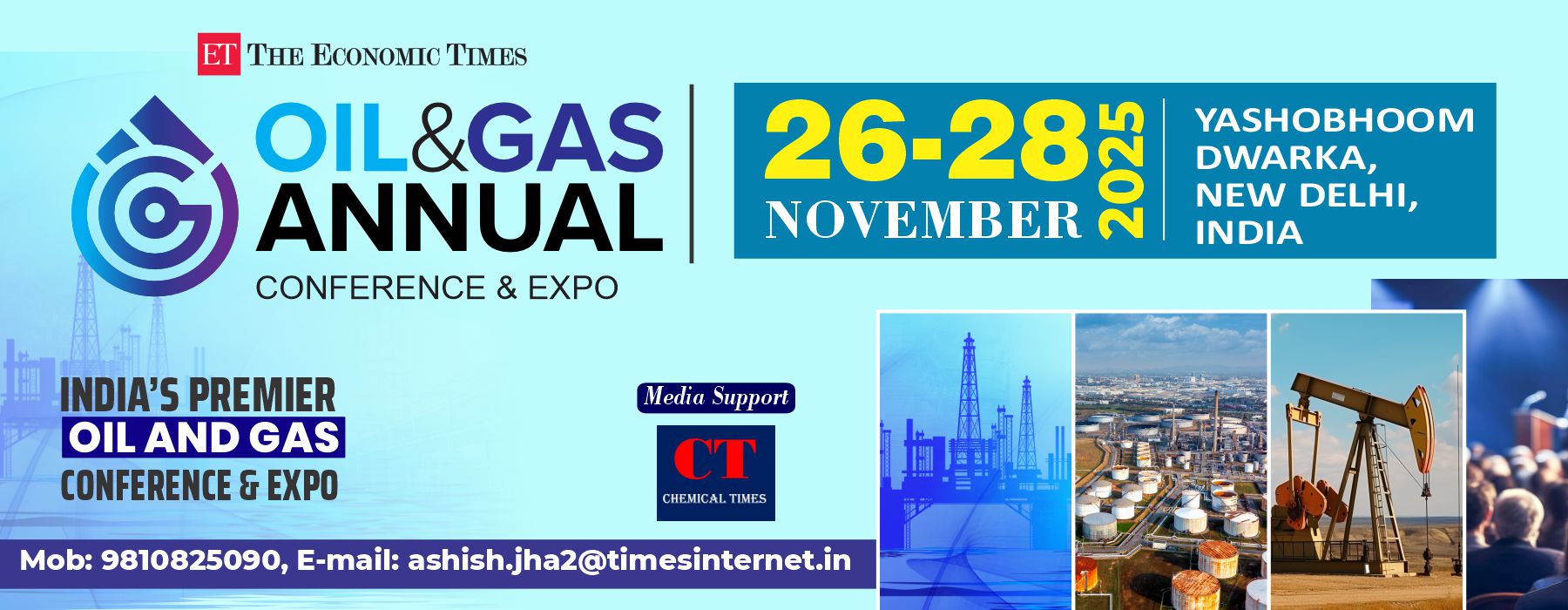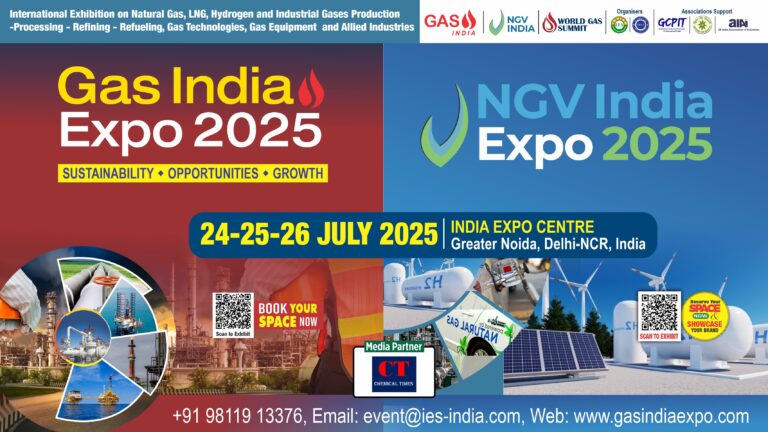As the world struggles with mounting waste, climate change, and dwindling resources, a powerful solution is emerging at the intersection of waste management and chemical manufacturing: waste-to-chemicals (WTC). This innovative approach transforms municipal solid waste (MSW)—the everyday garbage generated by households and businesses—into valuable chemical feedstocks, offering a circular pathway that diverts waste from landfills and offsets fossil-based inputs.
In 2025, as cities and industries search for sustainable, low-carbon solutions, waste-to-chemicals technologies are gaining traction. This article explores the science, benefits, challenges, and future potential of converting trash into treasure.
🌍 The Waste Crisis and the Need for Innovation
Globally, over 2.2 billion tons of municipal solid waste are generated annually, with projections reaching 3.4 billion tons by 2050, according to the World Bank. Landfilling and incineration remain dominant disposal methods, but both come with environmental costs:
Landfills emit methane, a potent greenhouse gas.
Incineration releases CO₂ and other pollutants.
Valuable materials and embedded energy are lost forever.
Simultaneously, the chemical industry—traditionally dependent on oil and gas—faces pressure to decarbonize and shift toward renewable or circular feedstocks. Waste-to-chemicals presents a powerful opportunity to tackle both challenges at once.
🔬 What Is Waste-to-Chemicals?
Waste-to-chemicals refers to a set of technologies that convert carbon-rich waste—such as plastics, paper, food scraps, and textiles—into basic chemicals and fuels. These outputs can replace petroleum-based inputs in chemical manufacturing, creating a more circular, sustainable economy.
Types of Waste Feedstock:
Mixed municipal solid waste (MSW)
Non-recyclable plastics
Biodegradable organics
Textile waste
Waste biomass or agricultural residues
Key Conversion Technologies:
Gasification: Converts waste into syngas (a mixture of CO and H₂) through partial oxidation at high temperatures. Syngas can then be refined into methanol, ethanol, ammonia, or hydrocarbons.
Pyrolysis: Heats waste in the absence of oxygen to produce bio-oil, syngas, and char. Especially suited for plastic waste.
Hydrothermal Liquefaction (HTL): Converts wet waste like food scraps or sewage sludge into biocrude oil under high pressure and moderate heat.
Anaerobic Digestion: Microbial conversion of organic waste into biogas (mainly methane) and digestate, suitable for fertilizer and energy.
Catalytic Depolymerization and Solvolysis: Breaks down plastics into monomers or oils using solvents and catalysts, enabling plastic-to-chemical pathways.
🧪 Valuable Chemical Products from Waste
The chemical outputs of WTC processes can serve as drop-in replacements for traditional fossil-based products:
| Chemical Product | Uses | Source Waste | Process |
|---|---|---|---|
| Methanol | Fuels, solvents, plastics | Mixed MSW | Gasification |
| Ethanol | Biofuels, industrial chemicals | Biomass | Fermentation, Gasification |
| Hydrogen | Clean energy, ammonia, fuel cells | MSW, plastics | Gasification, HTL |
| Olefins (ethylene, propylene) | Plastics, packaging | Plastics | Pyrolysis |
| BTX (Benzene, Toluene, Xylene) | Aromatics for solvents & resins | Mixed waste | Pyrolysis |
| Monomers (e.g. styrene, terephthalic acid) | Plastic recycling | PET, PS | Catalytic depolymerization |
These products re-enter the manufacturing chain, reducing reliance on virgin fossil resources.
✅ Benefits of the Waste-to-Chemicals Approach
1. Waste Reduction and Landfill Diversion
WTC can handle non-recyclable and heterogeneous waste streams, turning materials traditionally sent to landfill into valuable inputs. Cities with limited landfill space can especially benefit.
2. Carbon Footprint Reduction
Replacing fossil-derived chemicals with waste-derived ones can significantly reduce greenhouse gas emissions. Syngas production from MSW, when integrated with carbon capture, can even become carbon-negative.
3. Resource Circularity
WTC promotes a circular economy by transforming linear waste disposal into a closed-loop system, recovering materials, energy, and value.
4. Energy Independence and Security
By generating fuels and chemicals domestically from local waste, countries can reduce dependence on imported petroleum and increase resilience to supply chain shocks.
5. Economic Opportunity
The WTC sector can create green jobs across engineering, construction, waste collection, and plant operations, while generating new revenue from chemical outputs.
🌐 Global Developments and Industry Players (2025)
🇪🇺 Europe
The EU’s Circular Economy Action Plan incentivizes waste valorization.
Companies like Enerkem, Neste, and Brightmark operate pilot and commercial WTC plants.
The Netherlands and Finland lead in integrating WTC into urban waste strategies.
🇺🇸 United States
Several pyrolysis and gasification startups are scaling up in states with landfill constraints.
Chevron and LyondellBasell have invested in chemical recycling technologies that convert waste plastics into naphtha and olefins.
🇨🇳 China
China is investing heavily in pyrolysis and gasification as part of its zero-waste cities initiative.
Chinese firms are converting plastic and biomass waste into syngas for ammonia and methanol production.
🌍 Developing Nations
In regions where informal waste management is prevalent, WTC offers a scalable, decentralized solution.
India is piloting WTC hubs that integrate with municipal waste collection and energy generation.
⚠️ Challenges and Limitations
While promising, waste-to-chemicals faces several technical, economic, and environmental challenges:
1. High Capital Costs
Building commercial WTC plants involves significant upfront investment—ranging from $100 million to over $500 million, depending on capacity and technology.
2. Feedstock Variability
Municipal waste is highly variable in composition. Ensuring consistent chemical output requires advanced sorting or robust process adaptation.
3. Emissions and Environmental Concerns
Some WTC processes, especially thermal ones, can emit pollutants like dioxins or NOx if not carefully managed. Strict emission controls and monitoring are essential.
4. Market Maturity
WTC products must compete with well-established petrochemical counterparts. Policy incentives and carbon pricing can help level the playing field.
5. Public Perception
Some communities may resist WTC plants due to associations with incineration. Clear communication and environmental safeguards are crucial to earn public trust.
📈 Innovations Driving the Future
Several technological and business innovations are accelerating the growth and scalability of WTC:
1. Modular and Distributed Plants
Small-scale, modular WTC units can serve rural or island communities, processing local waste and producing fuels or chemicals on-site.
2. AI and Process Optimization
Machine learning models help predict feedstock behavior, optimize process conditions, and maintain output quality, even with fluctuating waste composition.
3. Carbon Capture Integration
Coupling gasification with carbon capture and utilization (CCU) enables negative emissions, converting CO₂ into value-added chemicals like methanol or urea.
4. Synergies with Renewable Energy
WTC plants co-located with solar or wind farms can utilize excess power for electrolysis, producing green hydrogen from waste syngas or water.
5. Chemical Recycling Partnerships
Collaborations between WTC companies and plastic manufacturers enable closed-loop systems where post-consumer plastics are depolymerized and re-polymerized.
🎯 Policy Support and Roadmap
Policy frameworks are essential to accelerate adoption of WTC technologies:
Carbon Pricing: Internalizing the cost of emissions helps WTC outputs compete with fossil-derived chemicals.
Landfill Taxes: Discouraging landfilling increases the economic incentive for waste valorization.
Extended Producer Responsibility (EPR): Encourages companies to design products with end-of-life reuse or WTC compatibility in mind.
Green Public Procurement: Governments can favor chemicals and fuels made from recycled or waste-derived content.
The EU Green Deal, US Inflation Reduction Act, and China’s Zero-Waste Pilot Cities all support WTC-aligned initiatives.
🧭 Conclusion: Waste as a Resource
In 2025, waste-to-chemicals is transitioning from niche innovation to mainstream industrial strategy. By unlocking the chemical value trapped in everyday garbage, we can reduce emissions, lower dependence on fossil resources, and build a truly circular materials economy.
While challenges remain, the convergence of technology, policy, and public demand for sustainability is pushing WTC solutions forward. The key is to treat waste not as a liability, but as a feedstock with untapped potential—a raw material for the next generation of fuels, plastics, and industrial chemicals.
The future of chemical manufacturing may well begin not in oil fields—but in our landfills.




